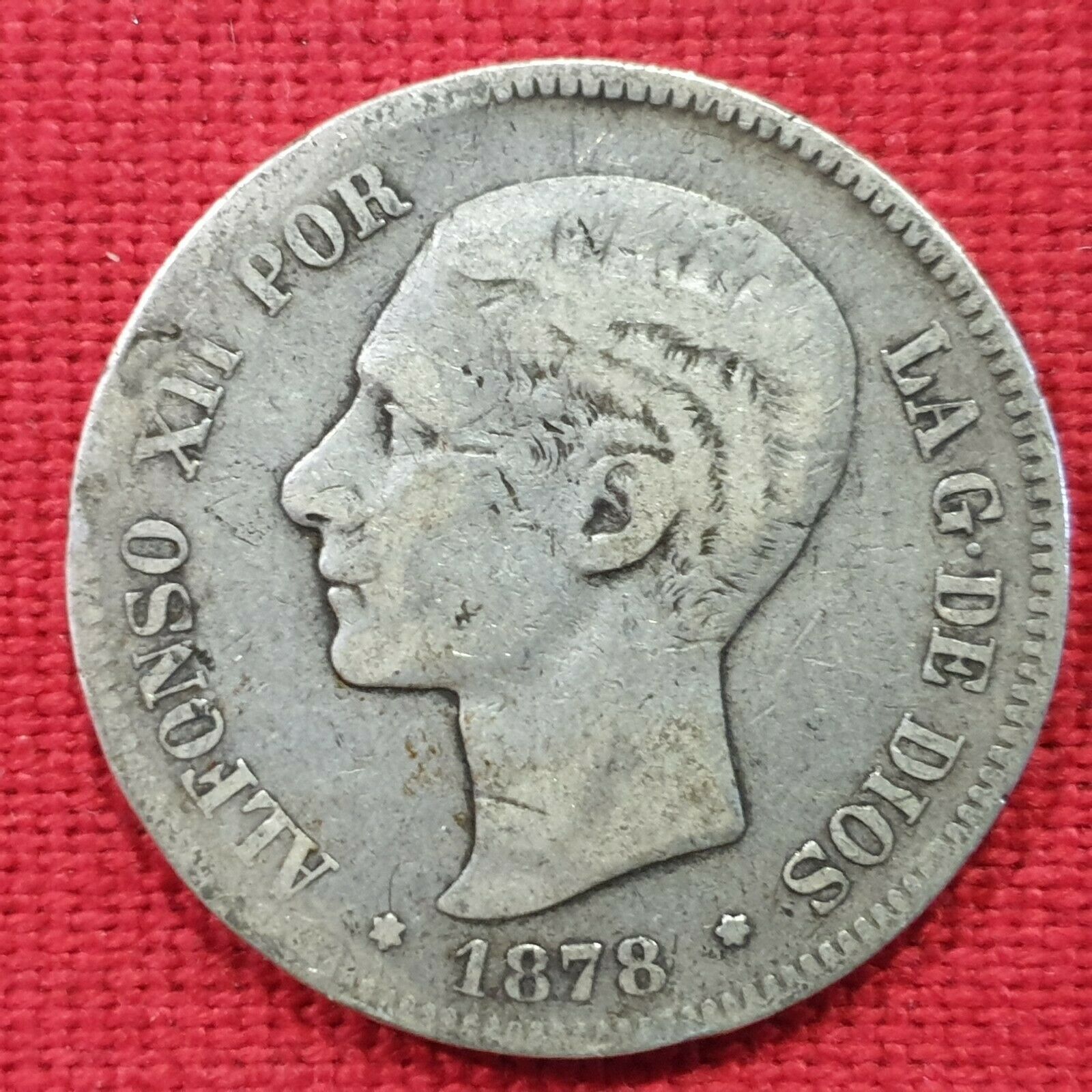-40%
1625-1663, Kingdom of Spain, Philip IV. Silver 8 Reales Cob Coin. (VF) Seville?
$ 0.52
- Description
- Size Guide
Description
CoinWorldTV1625-1663, Kingdom of Spain, Philip IV. Silver 8 Reales Cob Coin. (VF) Seville?
Mint Place: probably Seville
Denomination: Cob of 8 Reales
Reference: Calico Type 127, KM-39.6.
Mint Period: 1625-1663 (date not visible)
Condition:
Crudely struck as usual, a few scratches, otheriwse VF!
Weight: 26.96gm
Diameter: 35mm
Material: Silver
Obverse:
Cross of Jerusalem with lions and castles in quarters within tressure.
Reverse:
Crowned coat-of-arms of the spanish line of the House Habsburg.
The first coinage of the New World and what comes to mind when we think of Pirate Treasure are pieces of eight. These first coins, often called cob coins, were made from roughly cut planchets (blanks) by striking them with hand dies. The word Cobb comes from a simplification of the Spanish phrase, Cabo de Barra, which translates as, from a bar. After the coins are struck, they are weighed by an assayer who cuts off any excess Silver which is why most coins have some of the impression cut away. Due to this method of manufacturer no two coins are alike and many are collected for their unique shapes alone. The Cobb coin, like anything that is no longer available is becoming very scarce and hence more valuable. The few remaining Coins are the last vintage of the glory days of pirates and Treasure hunting and are fast disappearing into private hands.
Authenticity unconditionally guaranteed.
Bid with confidence!
Philip III
(Spanish:
Felipe III
;
April 14
, 1578
-
March 31
, 1621
) was the King of Spain and King of Portugal and the Algarves, where he ruled as Philip II of Portugal (Portuguese:
Filipe II
), from 1598 until his death. His chief minister was the Duke of Lerma. Philip III married Margaret of Austria, sister of Emperor Ferdinand II, and like her husband, a member of the House of Habsburg.
Born in Madrid, the son of Philip II of Spain and his fourth wife (and niece) Anna, daughter of the Emperor Maximilian II and Maria of Spain. He shared the viewpoints and beliefs of his father, including his piety, but did not inherit his industry. The diligent old king had sorrowfully confessed that God had not given him a son capable of governing his vast dominions, and that he had foreseen that Philip III would be led by his servants. This assessment ultimately proved correct. In the view of historian J. H. Elliott, his "only virtue appeared to reside in a total absence of vice".
The new king put the direction of his government entirely into the hands of his favourite, the Duke of Lerma, Francisco Goméz de Sandoval y Rojas, and when he fell under the influence of Lerma's son, Cristóbal de Sandoval, the Duke of Uceda in 1618, he trusted himself and his states to the new favourite. Unlike his father, Philip was not interested in the day-to-day business of government. He spent many months each year travelling to different palaces with his court, away from the government centre. His household costs rose enormously at a time of falling income.
He died at Madrid on
March 31
, 1621. The story told in the memoirs of the French ambassador Bassompierre, that he was killed by the heat of a
brasero
(a pan of hot charcoal), because the proper official to take it away was not at hand, is a humorous exaggeration of the formal etiquette of the court.
Only 1$ shipping for each additional item purchased!















